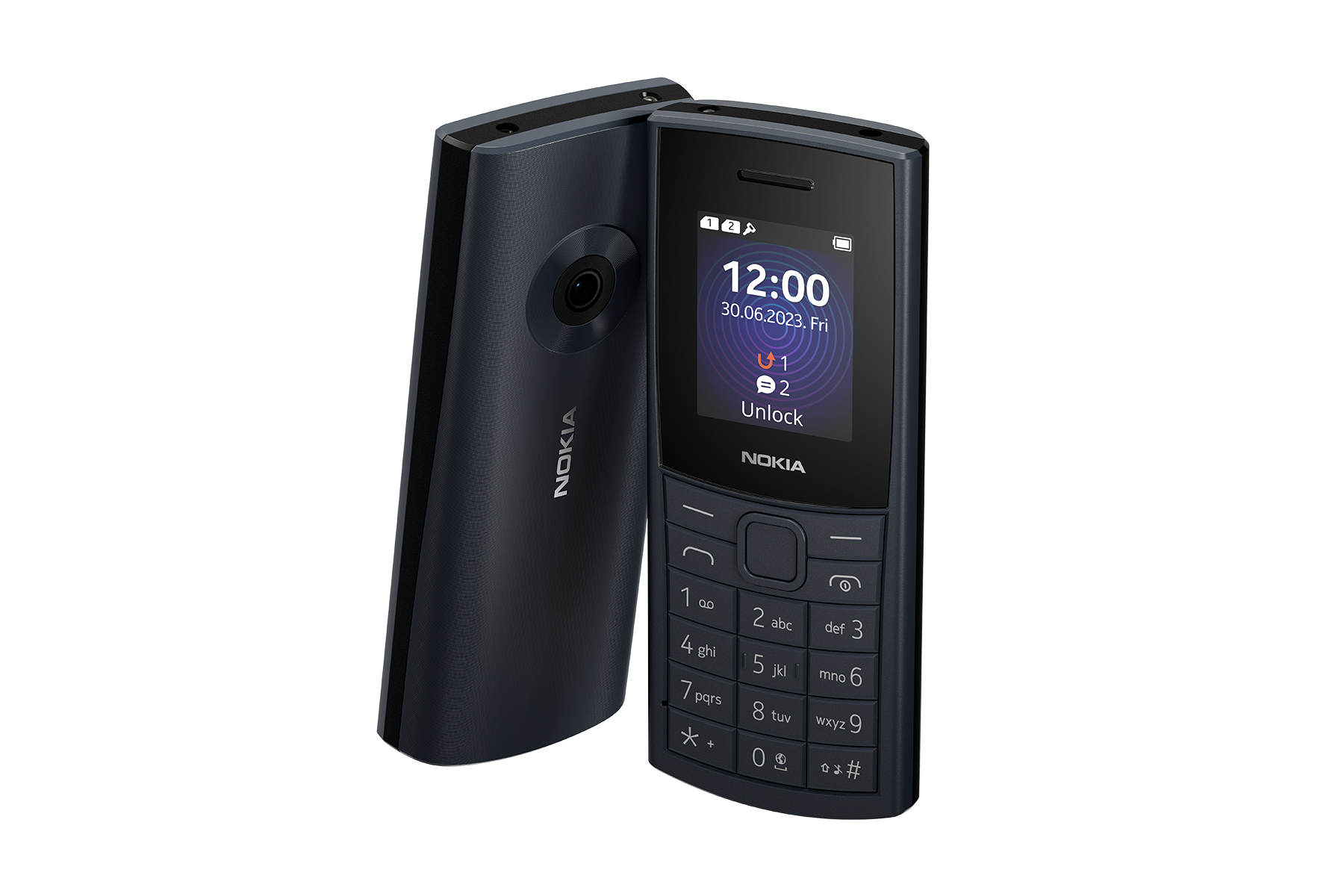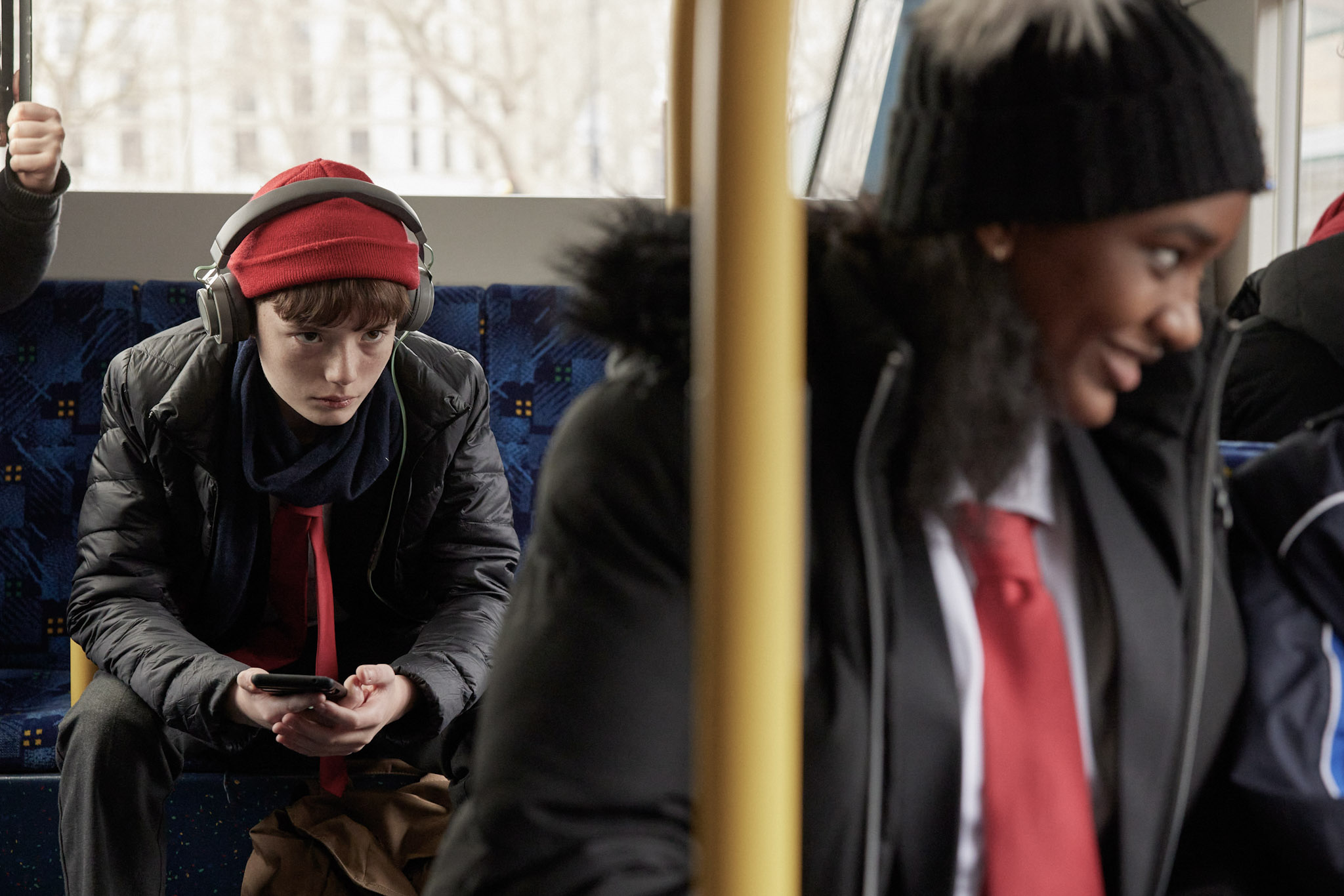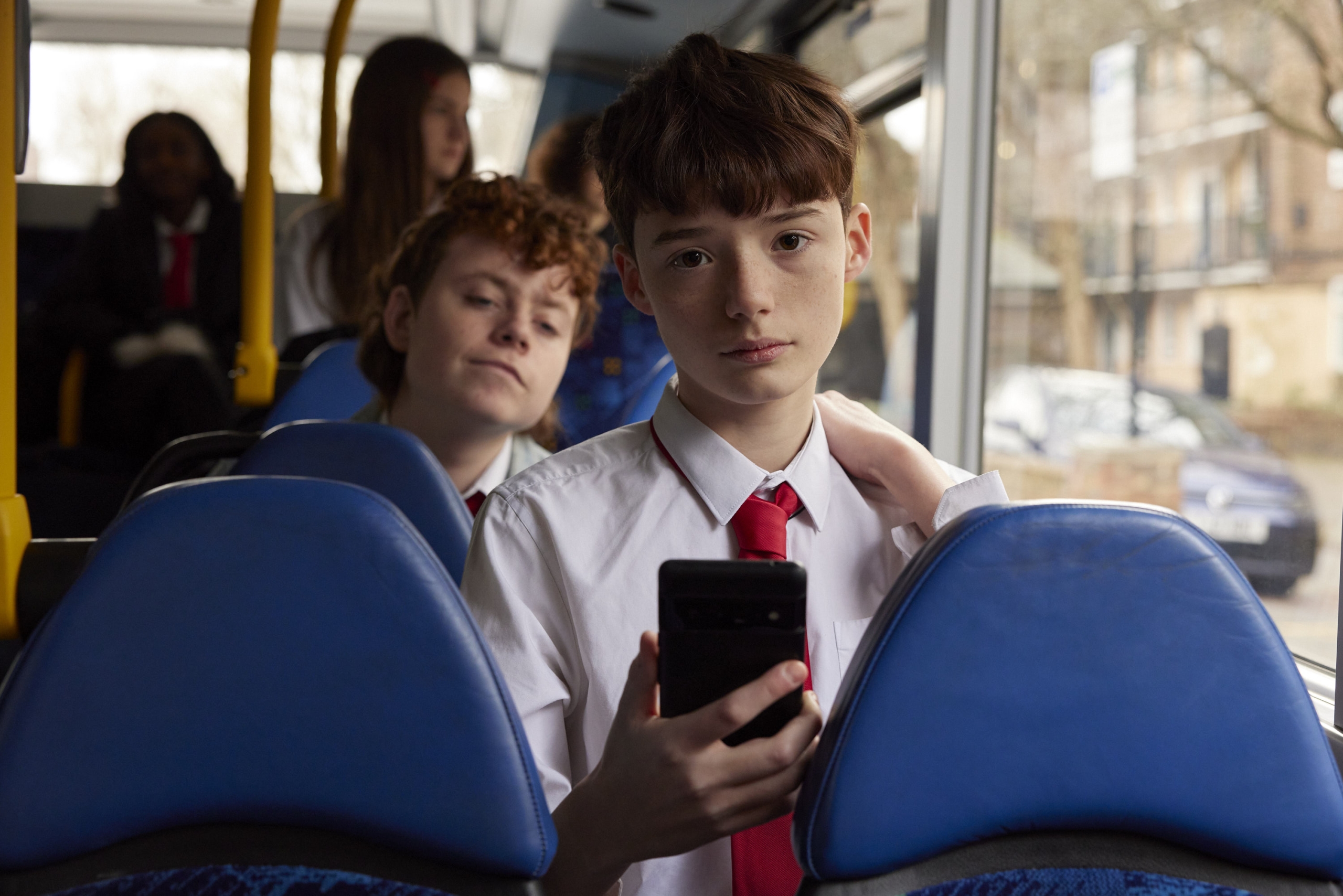
Many children in the UK receive Special Educational Needs (SEN) support, and tech is playing a growing role in helping those with dyslexia, dyspraxia, autism and other conditions receive a good education.
“For children with dyslexia, dyspraxia and dysgraphia, handwriting can almost be a form of torture. For some, the actual physicality of writing is painful.”
This startling testimony comes from Clare Macdonald, a former teacher who founded touch typing programme QwertyKids after her own son was diagnosed with dyslexia and dysgraphia.
One-in-eight children in the UK receives Special Educational Needs (SEN) support and that number is rising. For example, children in primary and secondary school can be granted permission to use a keyboard instead of pen and paper for some, or all, of their work if they have specific issues with writing.
But if your child has been given the chance to use a keyboard for some or all classes, this may raise as many questions as it answers.
How can they best use the tool they have been given? Will they lose the ability to develop much-needed handwriting skills? How can you, as parents, best support them?
Making the case
“I don’t think, if used correctly and safely, there’s any disadvantages to allowing children who need them to write on a laptop instead of using a pencil and paper,” says Georgina Durrant, a former special educational needs and/or disabilities co-ordinator as well as the creator of the SEN Resources Blog.
She urges parents to look at the world of digital help that is now available to children with learning difficulties. Kids who struggle with communication due to autism may benefit from text-to-speech apps, while reading and scanning pens can help those with dyslexia.
“We can also be clever with the technology we already have – by changing fonts, font sizes, background colours and so on – on the computer,” says Ms Durrant.
Disability charity Scope has information for parents on how to ask a school for ‘reasonable adjustments’ to allow a child to learn, which can include this wide variety of technological aids.
Using the tools
If such technological aid is available for a child, the next step is ensuring that they are equipped to use it.
In many cases, schools will require you to provide a computing device for your child to use, and you will have to sign up to the school’s ‘Bring Your Own Device’ usage and security policy. Others will want to provide you with a specific school-sanctioned device.
If you are buying your own device for a child, ensure that its software works with what is used in school. For example, a Chromebook laptop – which runs web and Android apps – may not be the best choice if the school is using more traditional, old-fashioned programs such as Microsoft Office.
Ensuring that your child knows how to operate the device in advance will also be vital.
A flexible approach
Some parents are concerned that, if their child uses a laptop in school, they will forget their handwriting skills, or not learn cursive writing. A hybrid approach to technology use can help preserve writing skills.
“There is no reason why learning to touch type can’t go hand in hand with handwriting – why does it have to be one or the other?” asks Ms Macdonald at QwertyKids.
The best approach for parents to take when deciding whether a task should be done by hand or on a computer, says Durrant, is to determine the objective of the task and how that can best be accomplished.
“What is it we are wanting the child to achieve?
“If the objective isn’t to practise handwriting but to demonstrate their knowledge about a certain topic then there’s absolutely no reason, in my opinion, that children can’t do this on a laptop.”
Devices for everyone
Despite the clear benefits of technology for children with special educational needs, questions remain over whether all children could benefit from using a device in the classroom, rather than writing by hand in exercise books.
Macdonald’s response to these concerns is clear and firm: “Which teen, student or adult is not using a computer every day for their work or communication? We are firm believers that not only is touch typing hugely beneficial for children with learning difficulties, but it has become an essential life skill for all children in our ever increasingly technological world.”
The Scottish government has already committed to giving every child in Scotland a laptop or tablet to use both in school and at home, a policy that may accelerate the shift towards more technology in classrooms. If similar policies are adopted across the UK, it may result in positive outcomes for all children, not just those in need of specific adjustments to help them learn.
Stay up-to-date with the very latest news from Vodafone by following us on Twitter and signing up for News Centre website notifications.


![Portrait of school age boy sitting at kitchen table do not want to eat[Adobe Stock] stock photo of a young boy sitting at a kitchen table, refusing to eat the food in front of him](https://www.vodafone.co.uk/newscentre/app/uploads/2024/03/Portrait-of-school-age-boy-sitting-at-kitchen-table-do-not-want-to-eatAdobe-Stock.jpg)


![mother with daughter with smartphone in snowy weather [Adobe Stock] stock photo of a mother outside in snowy weather with her daughter while using a smartphone](https://www.vodafone.co.uk/newscentre/app/uploads/2024/02/mother-with-daughter-with-smartphone-in-snowy-weather-Adobe-Stock.jpg)



